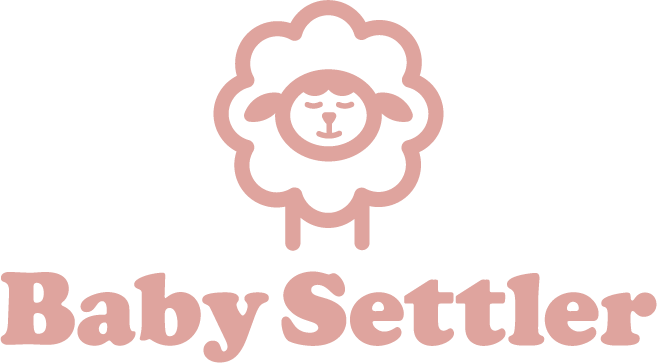
You’ve done everything: Your baby has been fed, burped, changed, and cuddled, and they’re still fussy. Unfortunately, newborns can’t tell you what’s wrong. What could be behind your little one’s fussiness is reflux or gas; and no, they aren’t the same thing.
So, what are the differences between reflex and gas, how can you spot it, and what can you do about it?
What Is Reflux?
Reflux is when your baby’s stomach contents rise up into their oesophagus.
Some of the common signs of reflux include vomiting, coughing while feeding, baby being uncomfortable in any position after feeding, and baby arching their back while feeding.

This is known as Gastroesophageal Reflux Disease, or GERD. GERD is not the same as GER (gastrointestinal reflux), which is just spitting up, something that most babies experience.
If you think that your baby may have GERD, visit your healthcare provider.
3 Ways To Relieve Reflux In Babies
- Change Formula And Bottle Nipple
If you feed your baby formula, check with your pediatrician if they’d recommend another brand. Then, put a slow flow nipple on their bottle to ensure they’re not gulping too quickly.

- Burp Your Baby
Burping them before, during, and after a feed can help remove discomfort. “Burp baby frequently, and avoid bouncing baby right after feedings to help alleviate symptoms of GERD. Try offering a pacifier when you’re done feeding, since sucking can soothe infant reflux,” explains What To Expect.
- Hold Your Baby Upright
Laying flat most of the time can be a contributing factor to reflux. Try feeding your baby in an upright position, and keep them upright for about 30 minutes after their feed.
What Is Gas?
Gas can build up in your baby’s digestive system and can be really uncomfortable and even painful for your little one.

This gas can come from swallowing huge gulps of air when crying or feeding, and can be caused from mom’s diet. If you’re eating large amounts of gas-causing foods such as broccoli, cauliflower, cabbage, brussels sprouts, beans, and onions, the gas-producing properties can come through in your breast milk.
Parents adds, “Feeding babies too much fruit juice can also cause gas, as well as bloating, tummy pain, and diarrhea.”
Signs that your baby has gas includes fussiness, trouble eating and sleeping, they pull their legs up to their chest, and discomfort.
5 Ways To Relieve Gas In Babies
- Spot Early Hunger Cues
Crying is a late hunger cue. Learn how to spot the early signs your baby wants to feed, such as bringing their hands to their mouth, smacking their lips, and opening and closing their mouth. Start feeding them before their frustration causes them to cry and gulp down air.
- Make Sure The Bottle Teat Is Full While Feeding
When feeding your baby using a bottle, position the bottle in such a way so that the nipple is filled with the milk. This reduces the amount of air that your little one swallows while drinking.
- Baby Bicycles
This is a simple exercise you can do with your baby. With your little one on their back, hold their feet and move their legs in a bicycle motion towards their belly. This movement can help release the trapped gas.

- Tummy Time
Tummy time isn’t just important for your baby’s muscle and motor skills development, but the pressure of the floor on their belly can help relieve gas.
- Add A Massage To Your Little One’s Routine
A massage can be soothing and help release some pent up gas. You can add some lavender lotion if you’d like, then gently rub your baby’s belly in a circular motion.
As a new parent, it can be frustrating and scary trying to find the cause of your baby’s discomfort. That’s why I created Essential Truths: A Free Guide to Birth, Babies and Breastfeeding. Here, you’ll get my key essential truths to help you in your parenting journey, backed by evidence. Get your free guide today.




